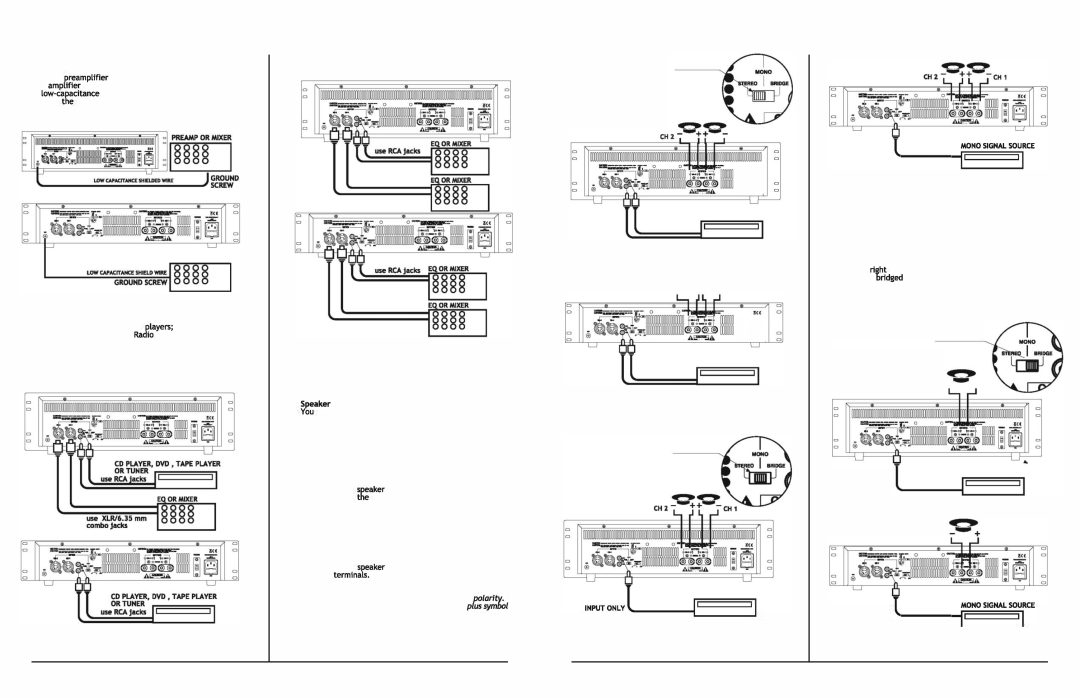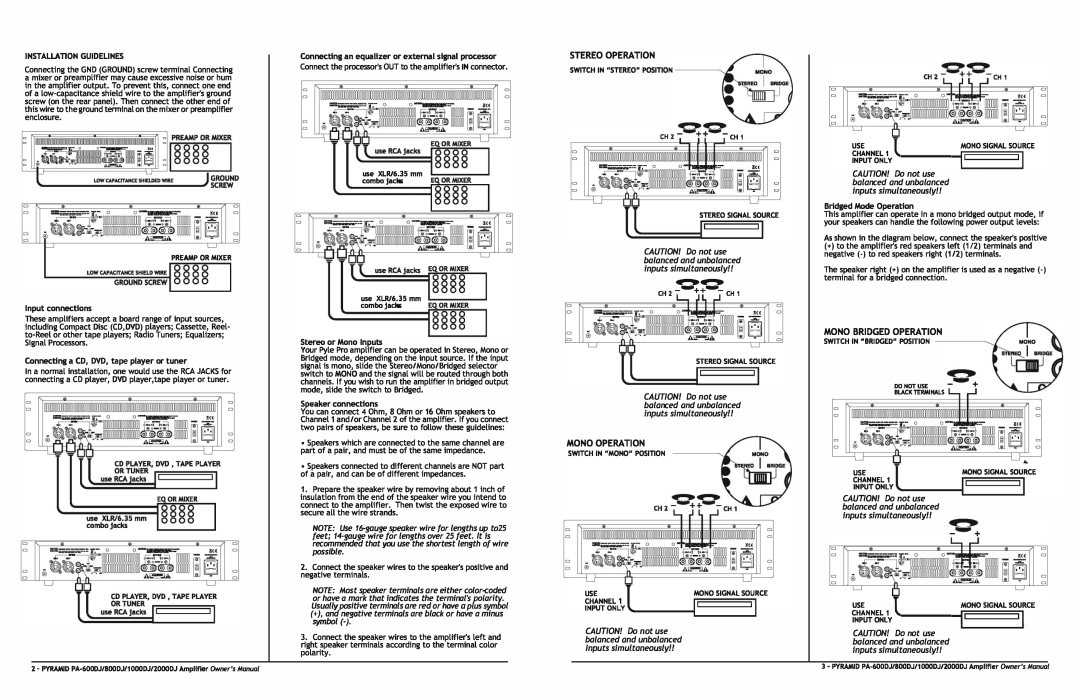PA-600DJ, PA-1000DJ, PA-800DJ, PA-2000DJ specifications
Pyramid Technologies has established itself as a leader in the field of time and attendance solutions, and its range of punch clocks, namely the PA-2000DJ, PA-800DJ, PA-1000DJ, and PA-600DJ, exemplifies this leadership. These devices are designed to meet the diverse needs of businesses, both large and small, providing efficient and reliable ways to track employee working hours.The PA-2000DJ is the flagship model known for its advanced features. It boasts a high-resolution color display, making it user-friendly and easy to navigate. The device supports both fingerprint and card-based identification, ensuring secure and convenient access for employees. Its advanced algorithms analyze attendance data in real-time, providing management with accurate reports that facilitate effective workforce planning.
The PA-800DJ is slightly less advanced but still packed with features. This model combines fingerprint recognition with a magnetic stripe reader, allowing employers to choose the most convenient identification method for their workforce. Its capacity to store a large number of employee records makes it ideal for medium-sized enterprises. The PA-800DJ also supports online management, allowing administrators to access data from anywhere through a secure portal.
For businesses that require a more budget-friendly option, the PA-1000DJ serves as an excellent compromise. This model offers the fundamental functions of time and attendance tracking with a straightforward interface. It supports both card and PIN-based access, making it suitable for small businesses that need an effective solution without unnecessary complexity.
Lastly, the PA-600DJ is designed for basic needs while still delivering robust functionality. This entry-level model is especially ideal for small offices or shops. It features a simple digital display and keypad for user interaction, and it supports standard card-based attendance tracking. Its compact design makes it easy to install in various workspaces.
All models utilize Pyramid’s cutting-edge technology, making them reliable and efficient in meeting time tracking needs. They integrate well with existing payroll software, simplifying the overall management process. With options catering to different scales and budgets, Pyramid Technologies continues to provide innovative solutions that enhance productivity across diverse workplaces.

